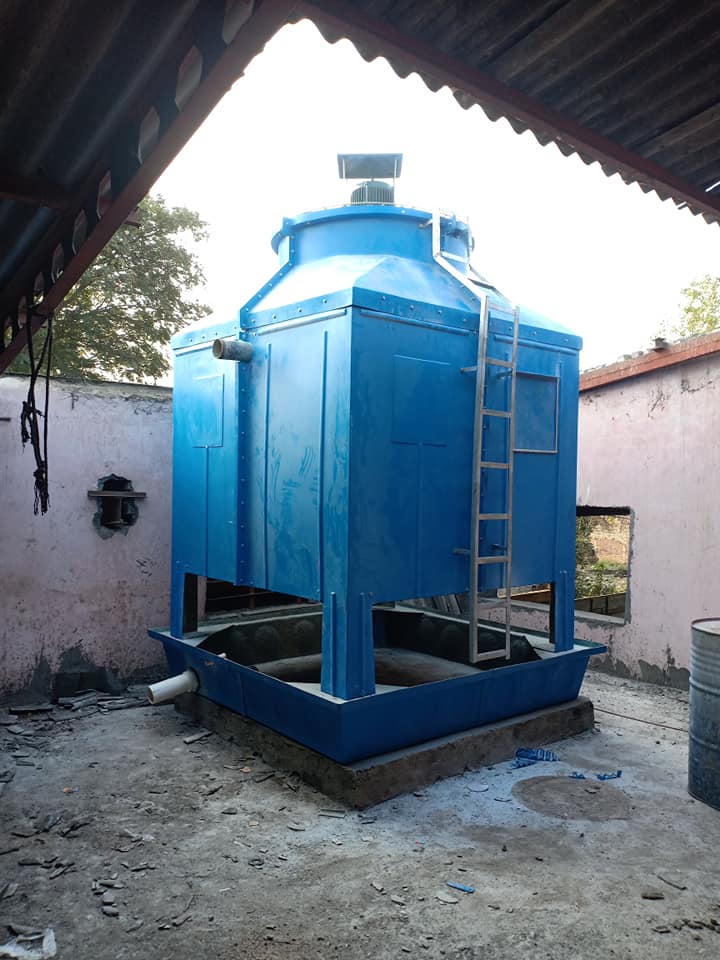Cooling towers play a crucial role in hospitals and laboratories by maintaining optimal temperatures for critical equipment, ensuring efficient HVAC (Heating, Ventilation, and Air Conditioning) operation, and supporting infection control. Here’s how they are used:
1. HVAC System Cooling
- Hospitals require precise temperature and humidity control for patient comfort, surgical theatres, and infection prevention.
- Cooling towers dissipate heat from chilled water systems that cool air circulated through HVAC systems.
2. Medical Equipment Cooling
- MRI & CT Scanners: High-power imaging machines generate significant heat and require chilled water from cooling towers to prevent overheating.
- Laboratory Equipment: Centrifuges, spectrometers, and other lab instruments need stable cooling for accuracy.
3. Sterilization & Air Filtration
- Cooling towers support steam generation for autoclaves (sterilization units) by condensing excess steam.
- HVAC systems with cooling towers help filter and circulate clean air, reducing airborne pathogens.
4. Energy Efficiency & Cost Savings
- Cooling towers improve energy efficiency by rejecting heat instead of relying solely on power-intensive refrigeration.
- They reduce operational costs compared to air-cooled systems, especially in large facilities.
5. Emergency Backup Systems
- Hospitals often have redundant cooling systems (backup chillers & cooling towers) to ensure uninterrupted operation during power failures.
Challenges & Precautions in Hospitals/Labs:
- Legionella Risk: Stagnant water in cooling towers can breed Legionella bacteria, requiring strict water treatment (biocides, UV, filtration).
- Maintenance: Regular cleaning and disinfection are mandatory to prevent microbial contamination.
Redundancy: Critical healthcare facilities use multiple cooling towers to avoid system failure.
